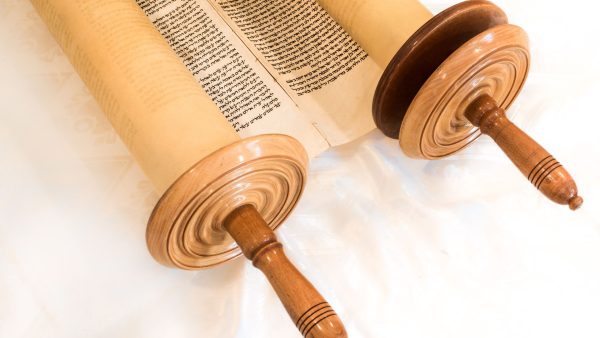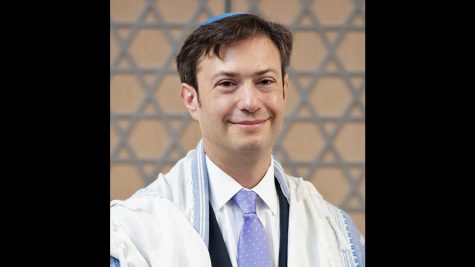Starting Jewish journeys with Va’yikra
Published March 9, 2011
This week we start the public reading of Leviticus, the third book of the Torah. The name “Leviticus” is derived from the Greek “Levitikon/the Levites,” referring to the tribe of Levi from which the ancient Israelite priests and their attendants were drawn. (For Greek-speaking Jews of antiquity “Levite” and “Priest” were synonymous.) In Jewish tradition, Leviticus also is known as “Va’yikra/And God called” (the opening word of the book) or “Torat Kohanim/The Teaching of the Priests.”
Leviticus is situated in the middle of the Five Books of Moses. Some suggest that this book is the very heart of the Torah. Long since it was customary that formal instruction of Jewish youngsters-once they had mastered the alef bet/Hebrew alphabet – commenced with Va’yikra. The rabbis questioned the practice. ‘Rav Assi said: “Why do young children begin with Torat Kohanim and not with [the first book] Genesis? Because young children are pure and sacrifices are pure, so let the pure come and engage [in learning] the pure.”‘ (Leviticus Rabah 7:3, my insertions; in Pesikta d’Rav Kahana 6:3 it is Rabbi Yosey who poses and answers the question).
There probably is another reason. The contents of Leviticus are diverse. They deal with sacrifices and priestly service to be sure, but also with purity and impurity, and with holiness. According to the Midrash (Genesis Rabah 3:5), Torat Kohanim “is filled with many laws.” Thus, our rabbinic sages entitled their collection of halachic/legal interpretations on Leviticus simply “Sifra/The Book.”
Although the first seven chapters of Va’yikra are devoted to sacrifices and related matters, this third book of the Torah holds the seeds from which many Jewish practices were to grow. For example, chapter 11 of Leviticus is the basis for much of the traditional Jewish dietary system, kashrut. The so-called “Holiness Code,” chapters 17-26, yields many of our fundamental Jewish ethical teachings, including “You shall love your neighbor as yourself” (19:34). As Dr. Baruch J. Schwartz of the Hebrew University has written, “…Leviticus contains most of the laws which the Jew is commanded to observe on a regular basis…” (Jewish Study Bible, p. 205).
Critical Bible scholars tell us that it is highly probable that the Book of Leviticus came into existence as a completed text-assembled from more ancient sources-between the fall of Samaria in the eighth century BCE and the fall of Jerusalem in the sixth century BCE. It is plausible that following the demise of the Northern Kingdom in 722-721, and as the Kingdom of Judah was nearing or had come to its end in 587-586 BCE, kohanim/Israelite priests recorded instructions intended both for themselves and also for the entire populace, which had been charged at Sinai to be “a dominion of priests and a holy nation” (Exodus 19:6).
This endeavor most likely would have been undertaken to preserve precepts, principles and practices which defined not only the priesthood, but also the entire surviving Israelite nation which by the sixth century was facing almost certain exile and possible dissolution. If this scenario is so, then from the near death throes of the Israelite people, Judaism would have been born – we at Shir Hadash Reconstructionist Community would say “reconstructed”- thanks in no small measure to the kohanim and to Leviticus.
Va’yikra, Torat Kohanim, Leviticus. No matter what we call it, it’s not “kid stuff” at all, but a fitting textual starting point for a mature Jew to set out upon her/his serious Jewish journey.
D’var Torah: Va’yikra
Rabbi Lane Steinger serves Shir Hadash Reconstructionist Community and is a member of the St. Louis Rabbinical Association.
















